In the ever-evolving marketing technology landscape, staying ahead of the curve is vital for businesses aiming to maintain a competitive edge. From innovative advancements in automation to emerging new platforms and strategies, understanding the key trends shaping the martech industry from 2024 to 2027 is paramount. In this exploration, we delve into 11 pivotal trends that are set to redefine the marketing technology landscape in the coming years, offering insights into how businesses can adapt and thrive in the dynamic environment.
Why Are MarTech Trends Important?
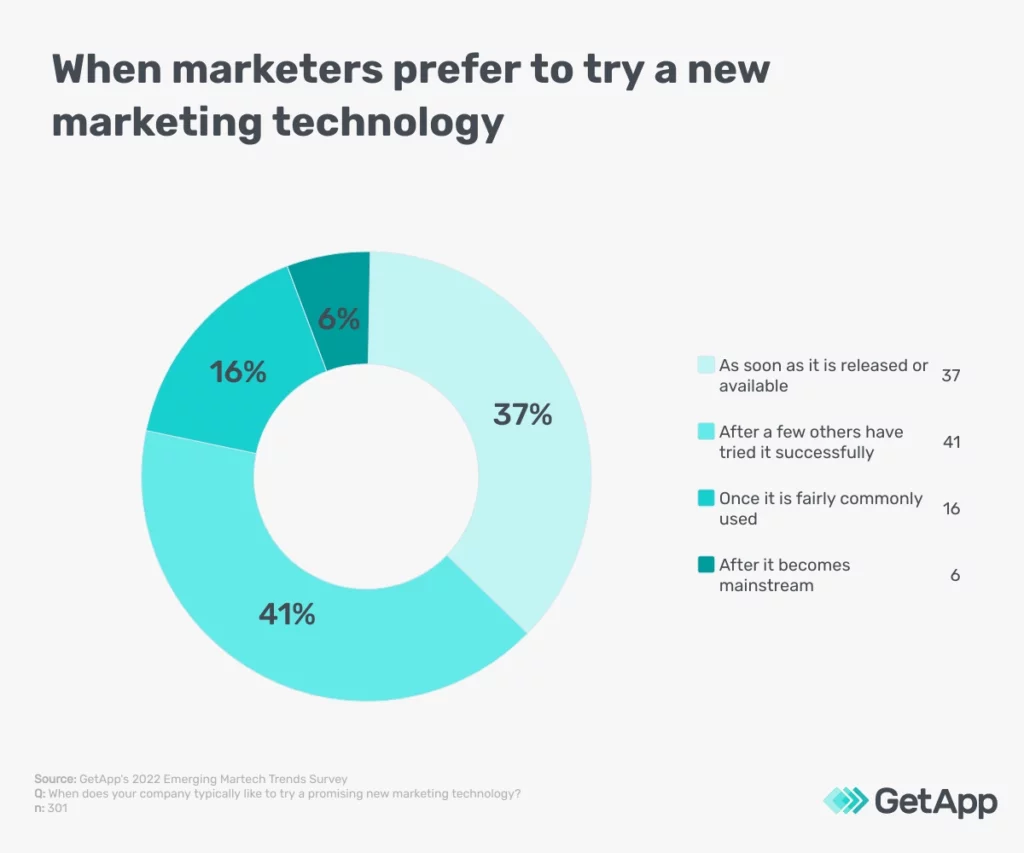
Staying abreast of MarTech (marketing technology) trends is crucial for several reasons, particularly in today’s rapidly evolving digital landscape. Here are some key points highlighting their importance:
1. Enhanced Efficiency and Productivity
MarTech trends often introduce new tools and technologies that automate repetitive tasks, streamline workflows, and improve overall efficiency. This allows marketing teams to focus more on strategic planning and creative endeavors rather than manual, time-consuming activities.
2. Improved Customer Insights
Emerging MarTech tools offer advanced data analytics capabilities, providing deeper insights into customer behaviors, preferences, and trends. This data-driven approach enables marketers to make more informed decisions, tailor their strategies, and ultimately enhance customer satisfaction and loyalty.
3. Personalization and Customer Experience
Modern consumers expect personalized experiences. MarTech trends often include innovations in AI and machine learning that enable highly targeted and personalized marketing efforts. By leveraging these technologies, businesses can deliver relevant content and offers, improving customer engagement and conversion rates.
4. Competitive Advantage
Keeping up with MarTech trends ensures that businesses remain competitive. Early adoption of new technologies can provide a significant edge over competitors, allowing companies to lead in innovation, optimize their marketing efforts, and better meet customer expectations.
5. Adaptation to Market Changes
The digital marketing landscape is constantly evolving. MarTech trends help businesses stay agile and responsive to changes in consumer behavior, market conditions, and technological advancements. This adaptability is crucial for maintaining relevance and achieving long-term success.
6. Cost Efficiency
While there may be initial investments required to adopt new MarTech solutions, the long-term benefits often include cost savings. Automation and improved targeting can reduce wasteful spending and enhance the return on investment (ROI) for marketing campaigns.
7. Enhanced Collaboration and Integration
Modern MarTech tools often support better integration across different marketing platforms and channels. This facilitates improved collaboration among marketing teams, ensuring that efforts are cohesive and aligned with overall business goals.
8. Data Privacy and Compliance
With increasing concerns around data privacy and regulations like GDPR and CCPA, staying updated with MarTech trends is essential for compliance. New technologies often include features that help businesses manage customer data responsibly and adhere to regulatory requirements.
9. Innovation and Creativity
MarTech trends often introduce new possibilities for creative marketing strategies. From augmented reality experiences to interactive content, these innovations enable marketers to experiment with new formats and approaches, keeping their campaigns fresh and engaging.
10. Future-Proofing
By staying informed about MarTech trends, businesses can anticipate future developments and prepare accordingly. This forward-thinking approach helps in building resilient marketing strategies that can withstand technological disruptions and shifts in consumer behavior.
Latest MarTech Trends of 2024:
1. New Influencer Marketing Platforms Enter The Marketplace

Despite being heralded as “the next big thing” in digital marketing, influencer marketing remains a labor-intensive endeavor.
For influencer marketing to succeed, a brand must:
- Identify relevant influencers.
- Filter out those based on follower count.
- Reach out individually via email or direct message.
- Negotiate rates and terms.
- Track campaign results.
Given this complexity, it’s no surprise that new influencer marketing platforms are emerging to streamline the process.
These platforms aim to reduce the effort involved in finding and contacting influencers. For instance, Sparktoro helps brands quickly identify the specific YouTube channels, podcasts, and personal brands their audience follows. This software finds influencers based on audience preferences, making the process more efficient.
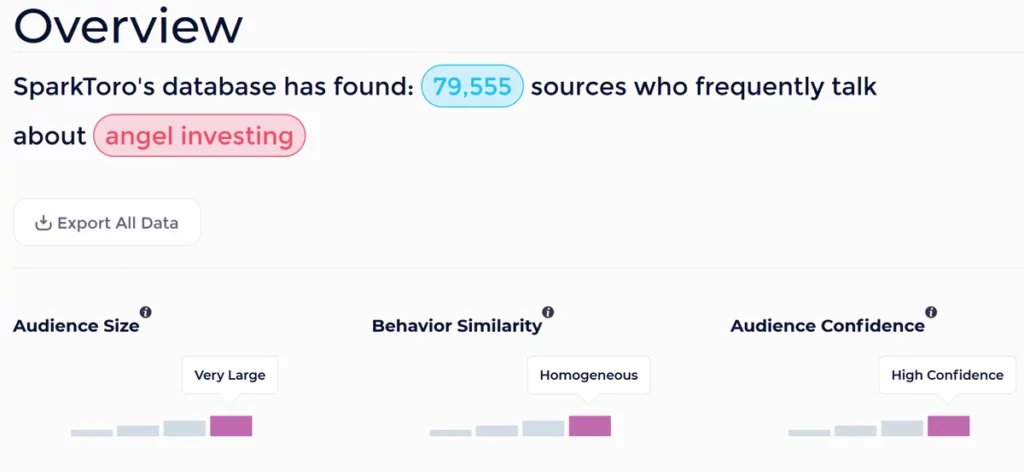
Similarly, Upfluence offers a database of over 3 million influencers that users can search and sort it through. It also features integrated email outreach, enabling users to contact influencers directly within the platform.
By leveraging these tools, brands can more easily manage their influencer marketing campaigns and maximize their impact.
2. Chatbots Continue To See Growth
The hype around chatbots has been substantial over the last few years and well-justified. Searches for “chatbot” have increased by a startling 188% in the past decade, reflecting this technology’s growing interest and adoption.
Several chatbot companies are experiencing rapid growth. For instance, ManyChat, a prominent player in the field, has raised over $23 million and recently acquired the customer attribution tool Converlytics, indicating ongoing expansion and potential in the chatbot market.
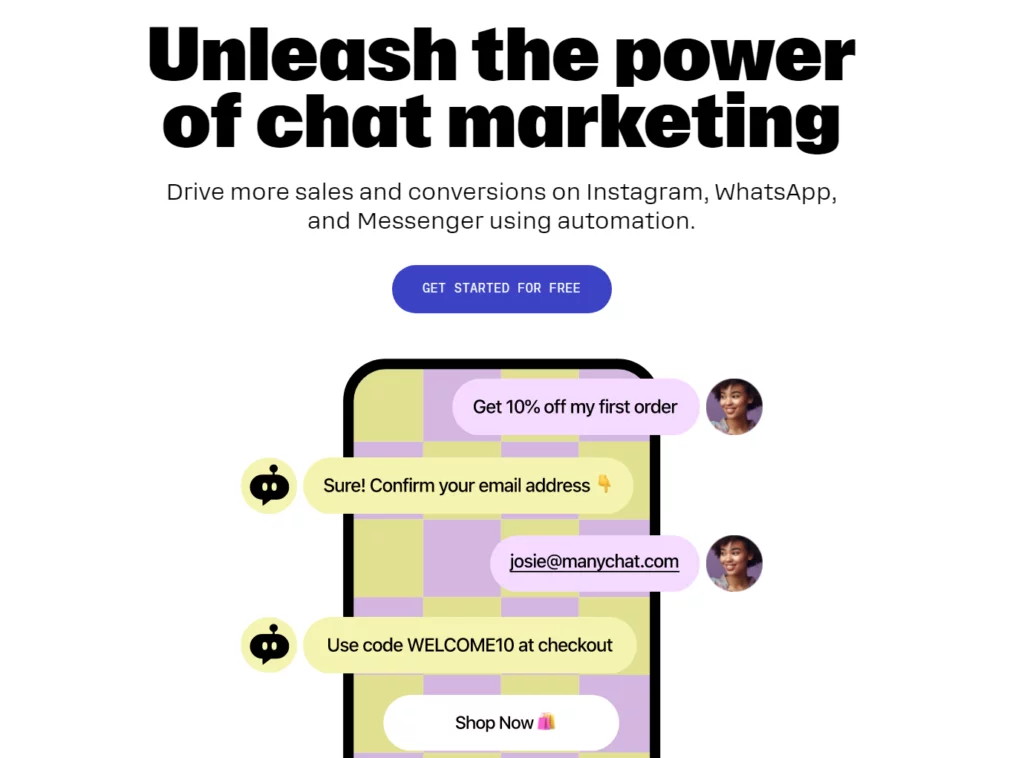
While chatbots are often associated with complex machine learning and AI capabilities, there is also significant demand for more straightforward chatbot solutions. An example of accessible chatbot tool is Landbot.
Unlike most chatbots, Landbot employs a straightforward decision-tree system, which, according to the company, makes setting up a chatbot more intuitive than the AI-focused counterparts. Google searches for “Landbot” have increased over the last five years, highlighting its growing popularity.
Overall, the chatbot market continues to evolve, catering to a broad range of needs, from advanced AI-driven interactions to more user-friendly, decision-based systems.
Exploring Conversational Marketing: Creating Authentic Connections in 2024 – Nestify
3. Increased Demand for Social Media Scheduling Tools

Social media scheduling is a niche within Martech that often flies under the radar. These tools might not be billion-dollar giants or IPO candidates, but they are experiencing rapid user and revenue growth.
Despite their lower profile, many social media scheduling tools are quickly expanding, and like many SaaS products, they have the potential for high-profit margins.
While social media scheduling isn’t a new concept, the latest generation of tools offers advanced features such as the ability to automatically recycle previous posts and support for newer formats like Instagram Stories.
Many of these tools are designed with agencies and professional users in mind, offering robust features and scalability. However, they also cater to newcomers with limited free plans, ensuring accessibility for users at all levels.
The increased demand for social media scheduling tools reflects their growing importance in efficient and effective management.
The Art of Social Media Scheduling: Top Tools of 2023 – Nestify
4. Podcast Tech Takes Off
According to Edison Research, 33% of American adults regularly listen to podcasts, which continues to rise annually. This growing interest fuels the emergence of numerous martech products tailored explicitly for podcasting.
For instance, searches for “podcast hosting” have surged over the past five years, indicating a robust interest in podcast infrastructure. Although search growth for “podcast hosting” has peaked, it remains significantly high.
Brands like Anchor.fm, founded by Spotify, are experiencing remarkable growth. Searches for “Anchor.fm” have increased by 2,800% over the past five years despite a slight decline since the pandemic’s onset.
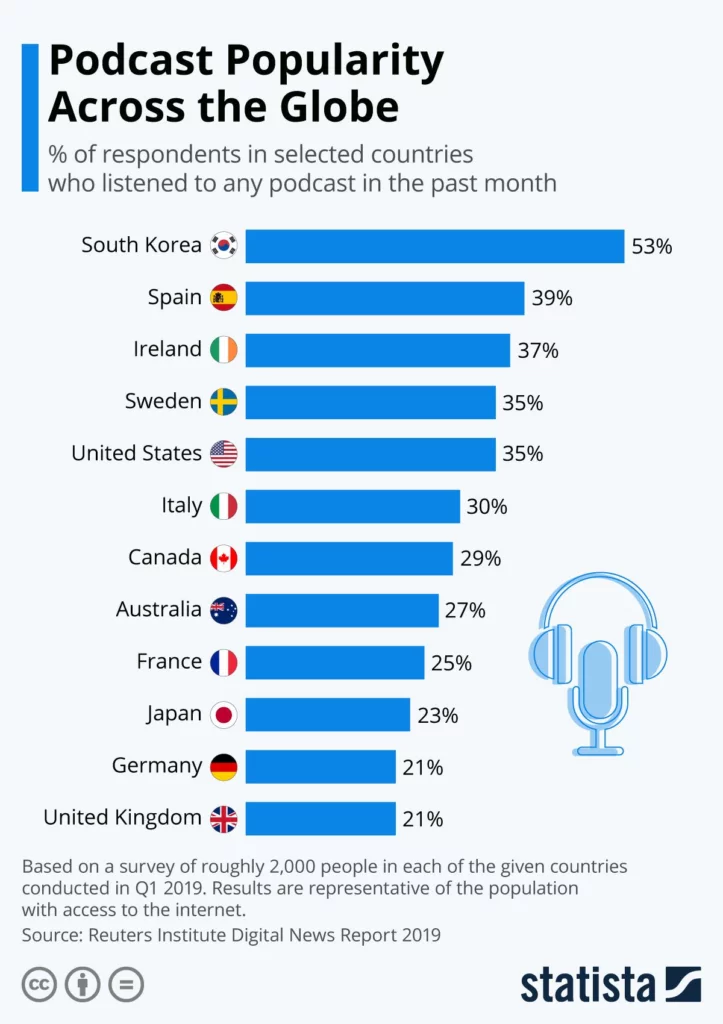
However, hosting is just one component of a successful podcast. High-quality production requires more than a hosting platform; it demands professional equipment and software. The Blue Microphone USB Mic has gained significant traction in the microphone market. Meanwhile, Descript is emerging as the go-to software for editing podcast audio, streamlining the production process for many podcasters.
Also, Amazon offers various “podcast kits” designed to provide all the necessary equipment to start a podcast from scratch. These kits typically include microphones, stands, and sometimes editing software, making it easier for newcomers to enter the podcasting arena.
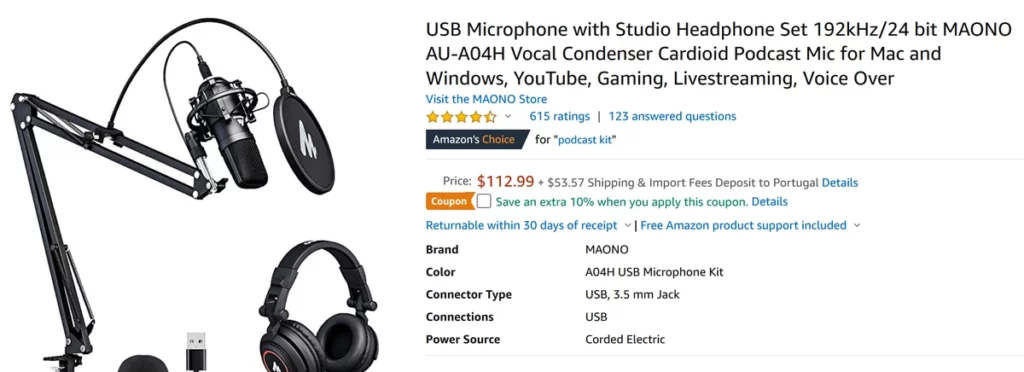
As podcasting continues to grow popular, the demand for specialized tech and tools will only increase, driving further innovation and development in this dynamic space.
5. New Software Makes Video More Accessible
According to Animoto, businesses often cite expense and lack of time as the primary obstacles to creating video content. Despite the increasing interest from marketers and CMOs in video, technical barriers frequently hinder the implementation of video campaigns.
Several SaaS companies have emerged to address these challenges. For example, Artgrid is simplifying video creation with its extensive library of thousands of stock video clips, which can be used for YouTube videos, Facebook ads, or social media campaigns. Thanks to a massive social ads campaign, searches for Artgrid.io have surged by 5,100% over the past five years.
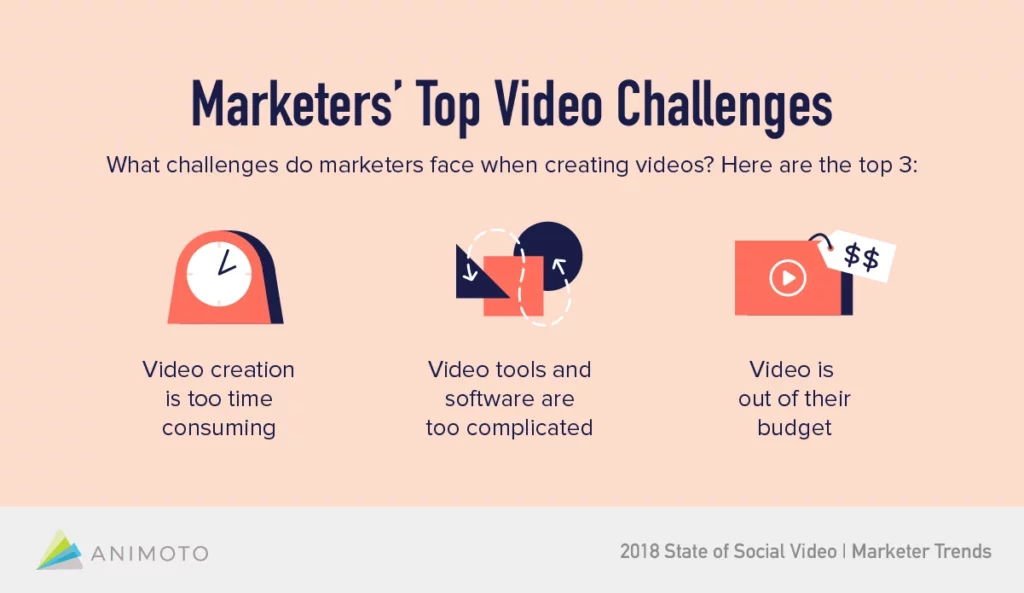
YouTube is also lowering the barrier to professional video creation with its expanded YouTube Studio, which now features a robust video editing platform. Searches for “YouTube Studio” have increased by more than 682% over the last five years, reflecting its growing popularity among content creators.
Another noteworthy tool is Viddyoze, which focuses on stock animations rather than real-life footage. Viddyoze is designed for creating social media video content and includes built-in editing features, making video creation more accessible by eliminating the need for users to learn separate video editing software like Adobe After Effects.

By offering user-friendly solutions and reducing technical complexity, these new software tools are making video creation more accessible and enabling more businesses to leverage the power of video in marketing strategies.
6. Email Marketing Software Makes a Comeback
One of the most surprising trends in marketing technology is the rapid growth of email service providers (ESPs). Despite the industry’s origins in the 1990s, it is experiencing a resurgence in 2024.
The emergence of niche email service providers essentially drives this growth. Unlike the “one size fits all” tools like Mailchimp, these specialized platforms focus on specific features, such as newsletter design or simplicity.
For example, Substack differentiates itself by catering to a niche audience: people with paid newsletter subscribers. Searches for Substack have increased by 9,300% over the last five years. Substack’s unique pricing model, which takes a cut of revenue from each customer instead of charging a monthly fee, allows users to get started for free. The platform handles sending, billing, and other tasks required to run a paid newsletter, simplifying the process for content creators.
Another innovative tool is Mailbrew, which offers a unique approach to email content. Mailbrew essentially delivers “Twitter (and everything else) over email.” Searches for “Mailbrew” have risen 500% in five years. For $5 per month, users receive the top tweets from people they follow in an email newsletter format. Additionally, Mailbrew can deliver the latest YouTube videos from specific channels, top threads from particular subreddits, and other personalized content tailored to the user’s preferences in frequency and format.
Mailbrew has experienced rapid growth, with endorsements from several prominent figures. Many users actively promote Mailbrew’s paid service, encouraging their followers to subscribe to email updates on their tweets.
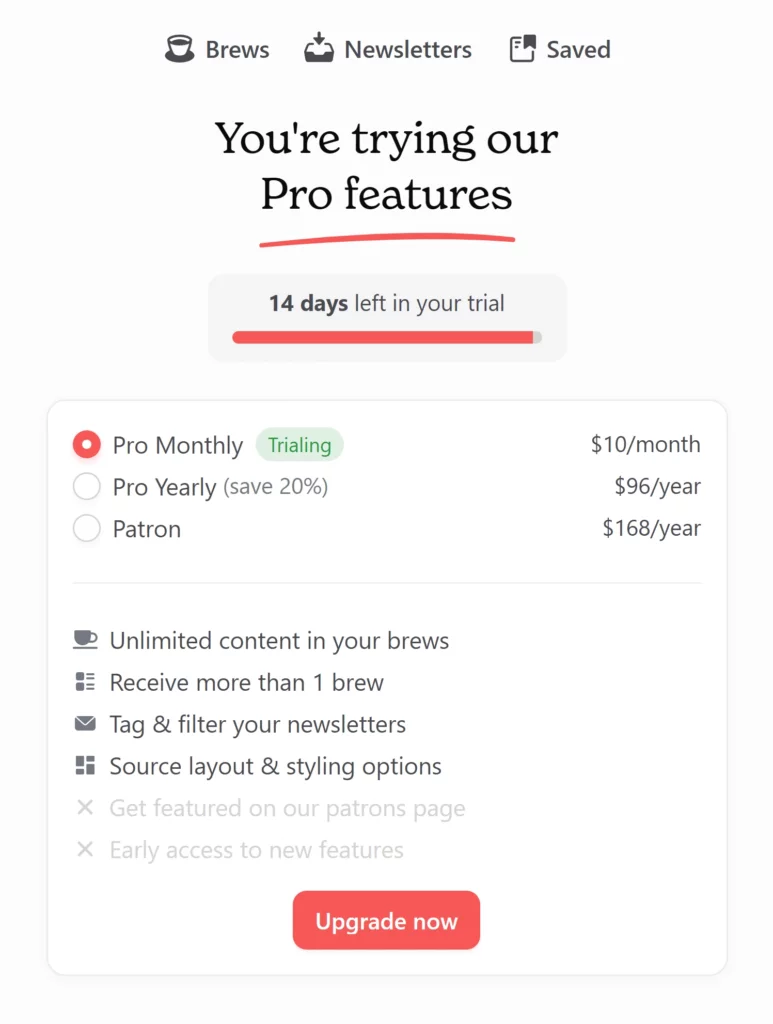
These niche-focused email service providers are revitalizing the industry by offering specialized solutions that cater to specific user needs, driving renewed interest and growth in email marketing software.
7. Ad Campaign Automation Becomes the Norm
As digital transformation takes hold, more businesses are venturing into online advertising for the first time. Concurrently, automated advertising campaign management is reshaping the landscape of online ads.
Automated bidding and programmatic ads are at the forefront of this change, enabling AI to handle many ad campaign aspects. Search volume for “programmatic ads” has surged by 680% over the past decade, reflecting its growing importance in digital marketing.
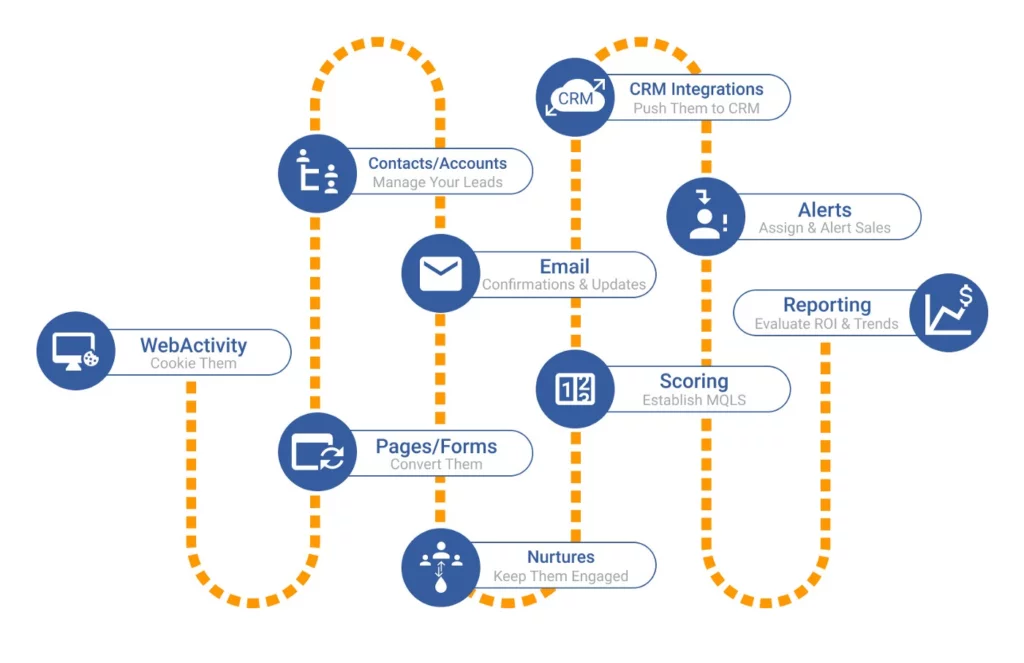
Programmatic ads utilize AI to automate the decision-making process of ad buying by targeting specific audiences and optimizing ad placements in real time. This significantly reduces the manual labor in managing ad campaigns, allowing marketers to focus on strategy and creative aspects.
However, while automation handles tasks like split testing and audience targeting on platforms such as Facebook, human oversight remains crucial. Marketers are still needed to manage the overall campaign, develop ad creatives, write compelling copy, and calculate ROI to ensure the campaign’s effectiveness and alignment with business goals.
Automation tools streamline the process, making it more efficient and allowing for quicker adjustments based on performance data. This blend of human expertise and AI efficiency is transforming how businesses approach online advertising, making ad campaign automation the new norm.
Learn about ecommerce automation strategies here.
8. Brands Double Down on Personalization

The rising trend in “marketing automation” underscores the growing emphasis on personalization, with searches for this term steadily increasing over the past five years. Marketing automation continues to be a hot topic as businesses seek more effective ways to deliver personalized content at scale.
In the early days, personalization was dominated by complex software suites like Ontraport, which were often bulky and challenging to navigate. Today, a variety of more accessible SaaS products have incorporated advanced personalization features, making it easier for businesses of all sizes to leverage this strategy.
For instance, ConvertKit, a popular email service provider (ESP), offers several basic personalization options. Its user-friendly interface, affordable pricing, and targeted branding make it particularly appealing to single-person businesses and small enterprises, as opposed to more giant corporations.
Modern personalization tools enable marketers to tailor content based on user behavior, preferences, and demographics, ensuring each interaction feels relevant and engaging. This shift towards more sophisticated yet user-friendly personalization tools reflects a broader trend of making advanced marketing strategies accessible to a more comprehensive range of businesses.
As brands continue to invest heavily in personalization, they are likely to see enhanced customer loyalty and revenue, driven by the ability to deliver the right message to the right audience at the right time.
9. SEO Softwares are a huge hit
Demand for SEO software continues to surge, despite the category not being a novel addition to the martech landscape. The sector exhibits steady growth, with notable players like Ahrefs emerging as market leaders, evident from their increasing search volume and reported revenue figures.
For instance, interest in the SEO software suite “Ahrefs” has steadily risen by 320% over the past five years. Similarly, Mangools, operating within the same category, competes primarily on pricing rather than attempting to replicate the comprehensive features of a full-fledged SEO and content marketing platform. Mangools targets users who require only limited features, reflecting a growing demand for tailored solutions in the SEO martech sector.
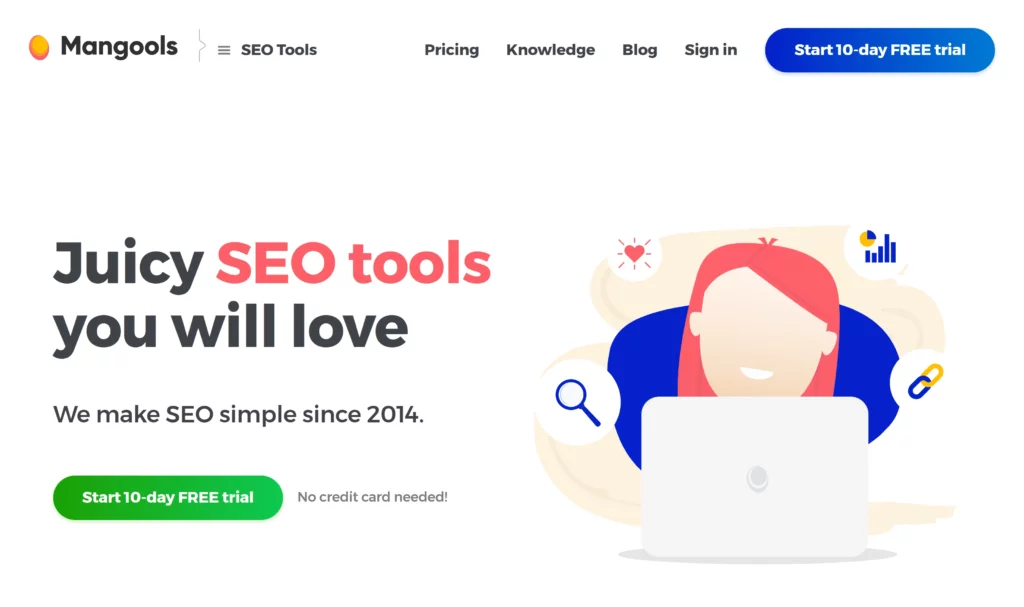
Both Ahrefs and Mangools exemplify a broader trend of increasing interest in search engine optimization tools, particularly those catering to specific niches. This is evident in the rising searches for “Shopify SEO,” which have increased by 186% over the past five years.
While some of these searches may not solely indicate demand for additional tools to integrate into existing martech stacks, they do underscore a growing preference among marketing leaders for niche tools designed to meet their specific requirements. This trend, often referred to as “vertical SaaS,” highlights the increasing demand for specialized solutions tailored to unique business needs within the broader martech ecosystem.
10. API-Based SMS Marketing and Beyond
API-based SMS marketing platforms have evolved to encompass various communication channels, including email, phone calls, chatbots, and more. Twilio stands out as a leader in this field, providing robust SMS functionality, owning the two-factor authentication app Authy, and recently acquiring Segment, a customer data platform.
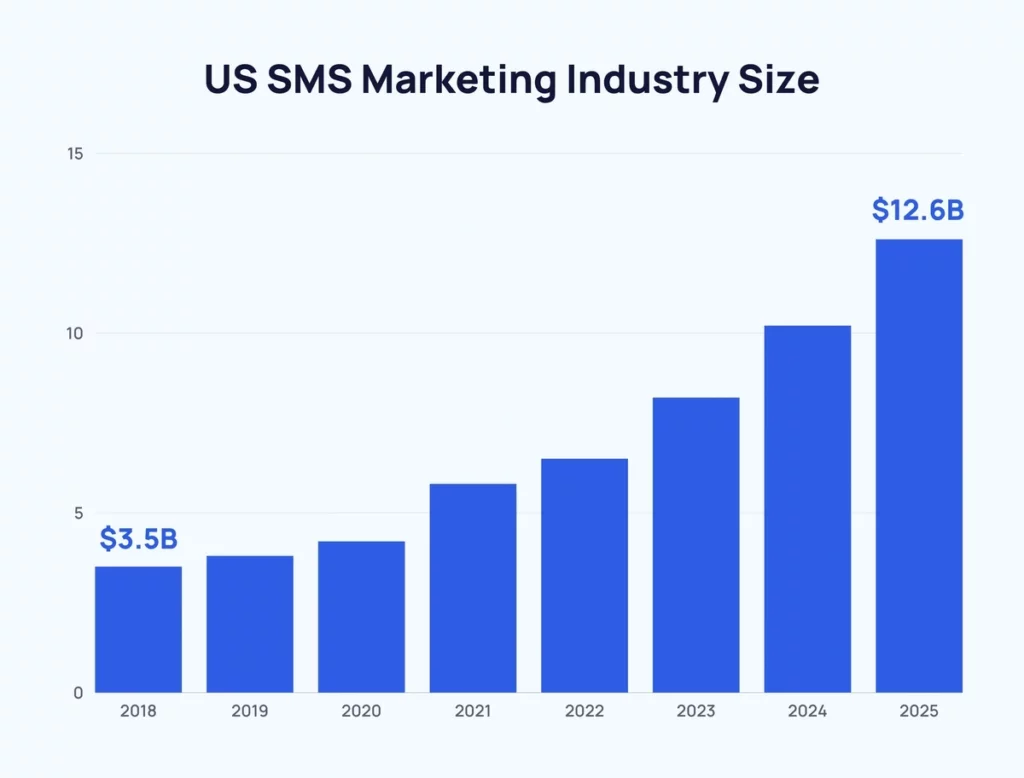
Source
Another emerging competitor is MessageBird, based in the Netherlands, which supports voice, WhatsApp, and various other platforms. In 2020, MessageBird raised a $200 million Series C funding round, achieving a $3 billion valuation. The company is backed by notable investors such as Spark Capital, Accel, and Y Combinator. Over the last five years, search interest in MessageBird has increased by 124%.
Bandwidth, another significant player, was founded in 1999 and counts Google, Microsoft, and Zoom among its clients. Unlike Twilio and MessageBird, Bandwidth experienced slower initial growth but now boasts a market cap of $620 million.
Vonage, established in 2001, serves major customers like Domino’s, DHL, and Allstate and has a market cap exceeding $5 billion. Telnyx, an all-purpose cloud communications platform that Slack, Philips, and Talkdesk use, has seen search interest grow by 272% over the past five years.
- Focused SMS and Mobile Messaging Services
Several services concentrate more intensely on SMS and mobile messaging. OpenMarket supports RCS, a new SMS protocol for Android devices, and is owned by Amdocs, a communications multinational with a $10 billion market cap. Tatango, with clients including Sony Music, Ace Hardware, TBS, SimpleTexting, SlickText, VoxDirect, Amazon Pinpoint, EZ Texting, Avochato, Textlocal, TextAnywhere, and Text Marketer, also offers strong SMS capabilities.
- Specialized SMS Services
Certain SMS services are tailored for specific industries or purposes. For example, Yotpo, Attentive, and Emotive cater to eCommerce sites. Yotpo raised $75 million in 2020, bringing its total funding to $436 million, while Attentive has amassed $863 million in total funding. Emotive, the smallest of the three, recently raised its total to $78.2 million.
Postscript and SMS Live are prominent for Shopify stores, with Postscript raising over $100 million. SMSDrift is designed to work exclusively with Salesforce’s Pardot, RunGopher, ManyChat, and MobileMonkey. It specializes in interactive chatbots, including on Facebook Messenger. Textline focuses on customer service and sales teams, serving clients like Lyft, Farmers Insurance Group, and Tuft & Needle.
- Corporate SMS Services
Other noteworthy corporate SMS services include Textel and Red Oxygen. Textel, which targets contact centers, has raised $5 million in funding. Red Oxygen is designed for internal communications within organizations and is used by companies like Yamaha, Siemens, and Hyatt.
The diverse array of API-based SMS marketing platforms and related services underscores the increasing importance of multi-channel communication in today’s business landscape. These platforms offer businesses of all sizes the tools to efficiently manage and optimize their outreach efforts across various channels, driving engagement and growth.
11. More Single-Feature Martech Products Launch
As The Chief Marketing Technologist reported, the martech landscape has witnessed a remarkable 67.2% increase in the available products since 2017. This surge can be attributed to the rise of no-code and low-code solutions, which enable the rapid launch of marketing SaaS products.
A key factor driving this growth is the escalating demand from consumers for marketing software that excels in one specific area. Canva, valued at $40 billion, exemplifies this trend with the focus on accessibility and user-friendly design. Primarily known for its single feature of creating social media images, Canva has experienced substantial growth.

Numerous other martech companies have adopted a similar approach, leveraging simplicity to attract users. AgencyAnalytics specializes in generating agency client reports, while Influence Grid aids in identifying influencers on TikTok. Wavve, on the other hand, transforms podcast episodes into audio clips for seamless sharing on Twitter.
Additionally, Shopify’s burgeoning app store has become a hotspot for developers, with searches for “Shopify apps” surging by 662% over the past decade.
Conclusion:
The marketing technology landscape is one of the most dynamic sectors, continuously evolving to meet the changing needs of businesses and consumers. From automation to podcast editing, the martech arena remains at the forefront of innovation.
The COVID-19 pandemic accelerated digital transformation initiatives, compelling marketing teams to swiftly adapt their strategies to the new digital age. As we navigate the ever-changing martech landscape, keeping abreast of emerging trends is essential for staying competitive and meeting the demands of today’s marketing environment.
What role does data analytics play in MarTech?
Data analytics is central to MarTech, allowing marketers to make informed decisions based on real-time data. It helps in understanding customer behavior, measuring campaign performance, and optimizing strategies for better results.
How is blockchain technology influencing MarTech?
Blockchain is influencing MarTech by providing secure and transparent ways to manage customer data, execute smart contracts, and ensure data integrity. It enhances trust and accountability in marketing practices.
How can businesses stay updated with MarTech trends?
Businesses can stay updated with MarTech trends by following industry blogs, attending conferences, participating in webinars, engaging with thought leaders on social media, and subscribing to relevant newsletters and publications.



